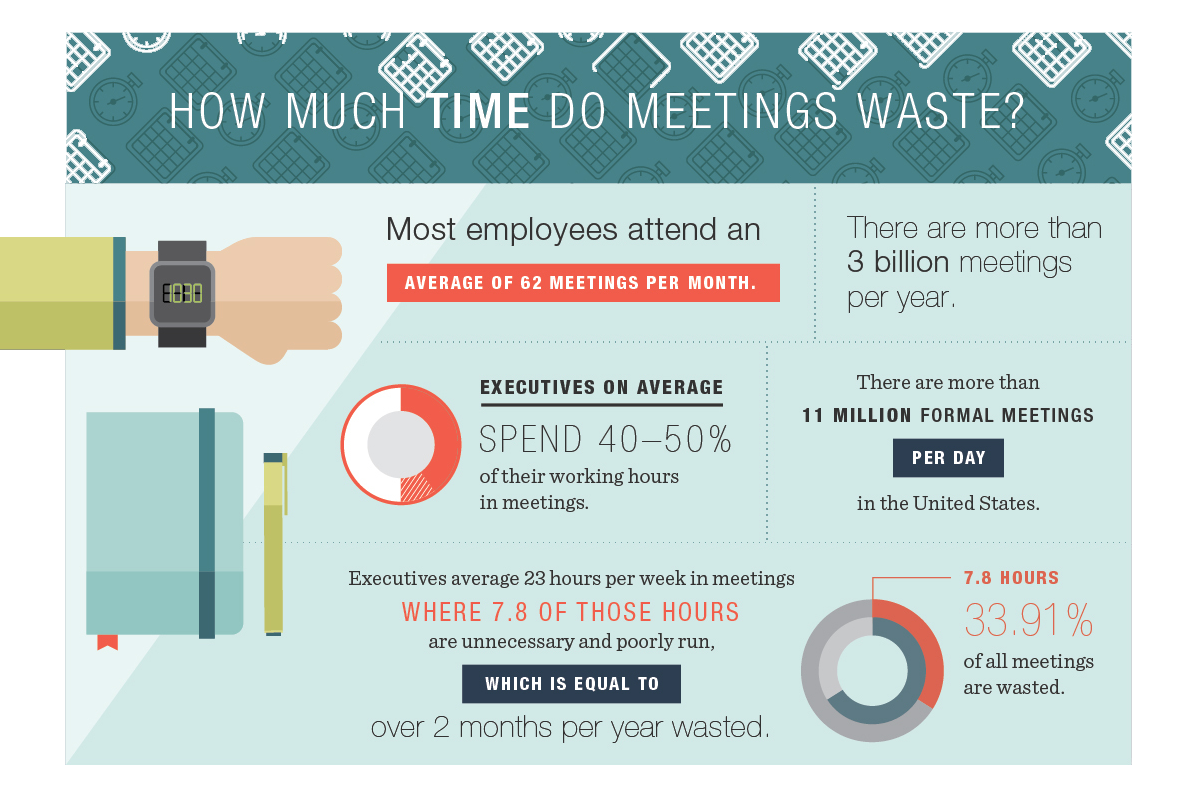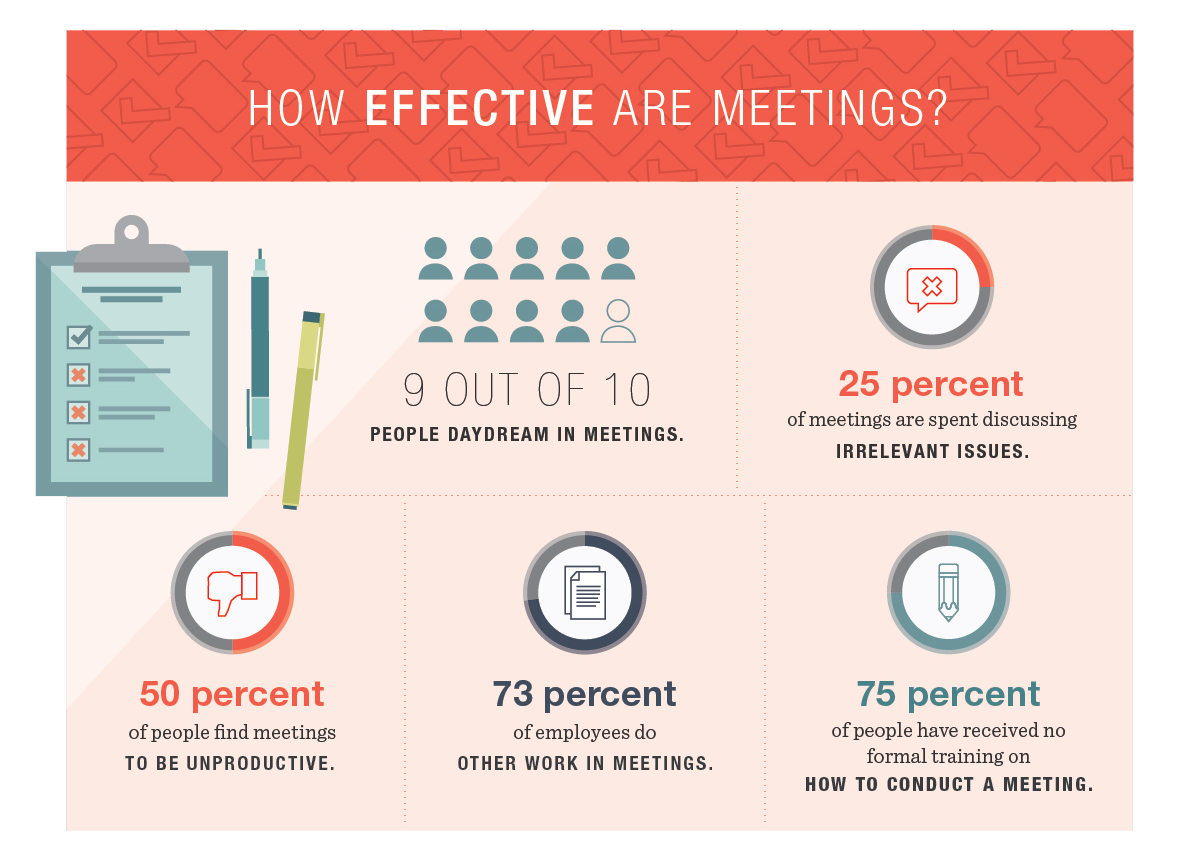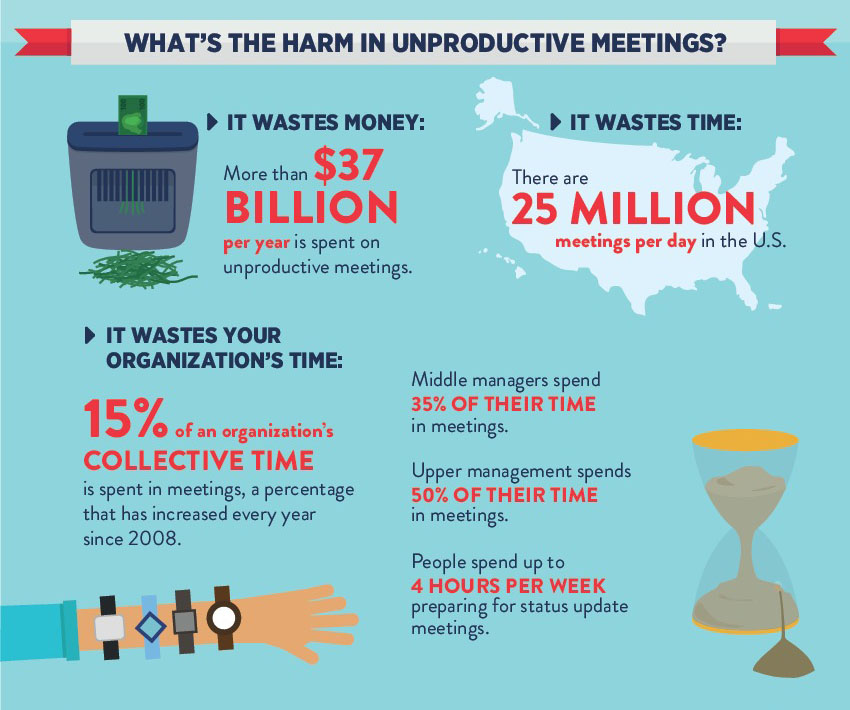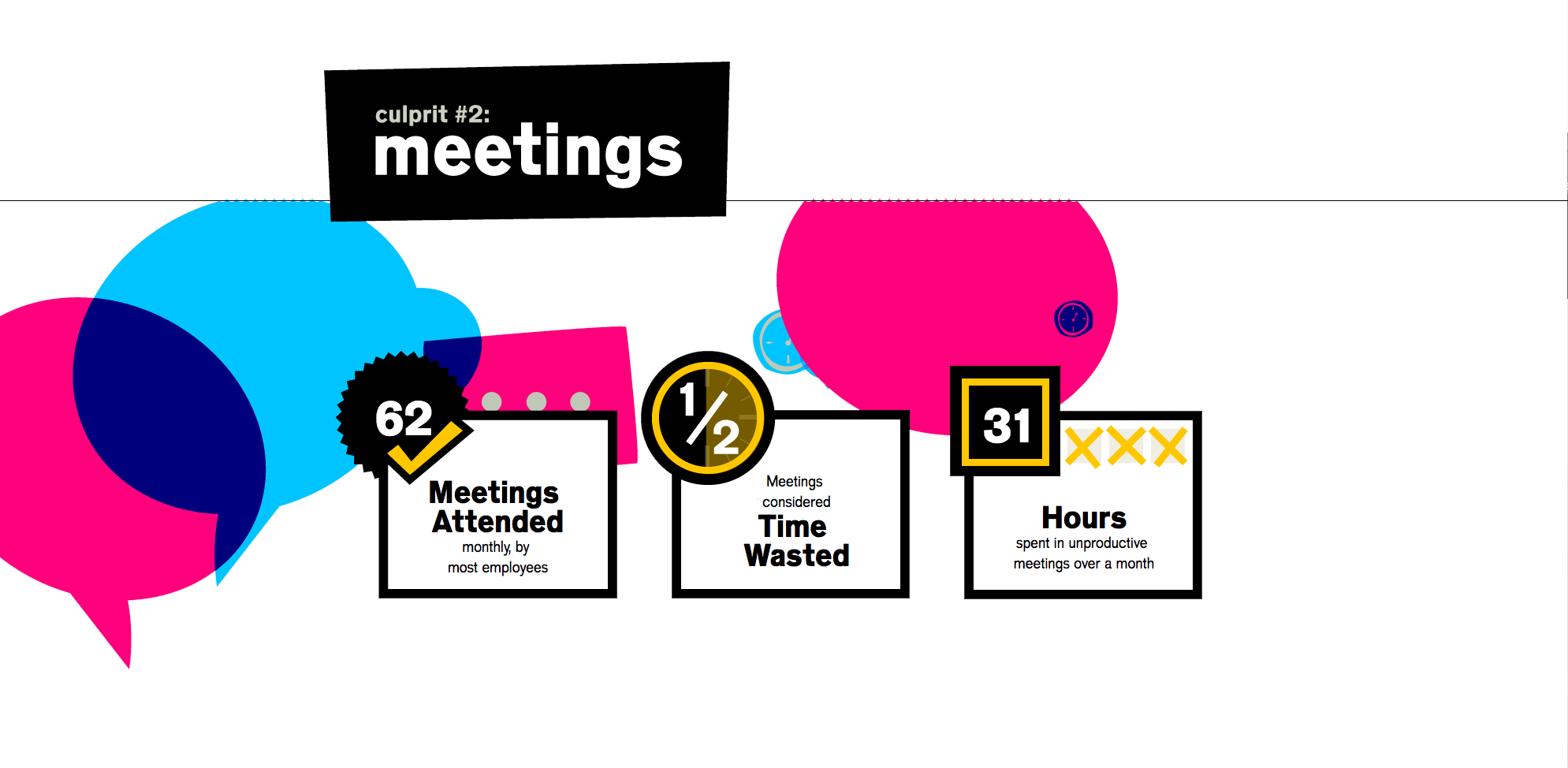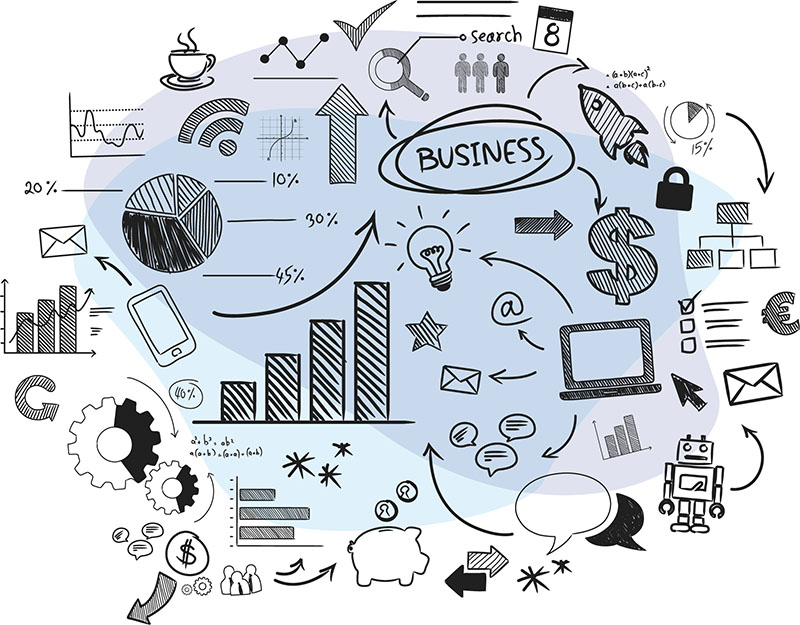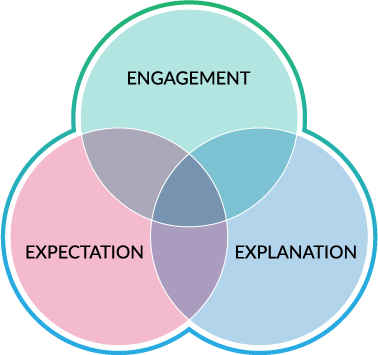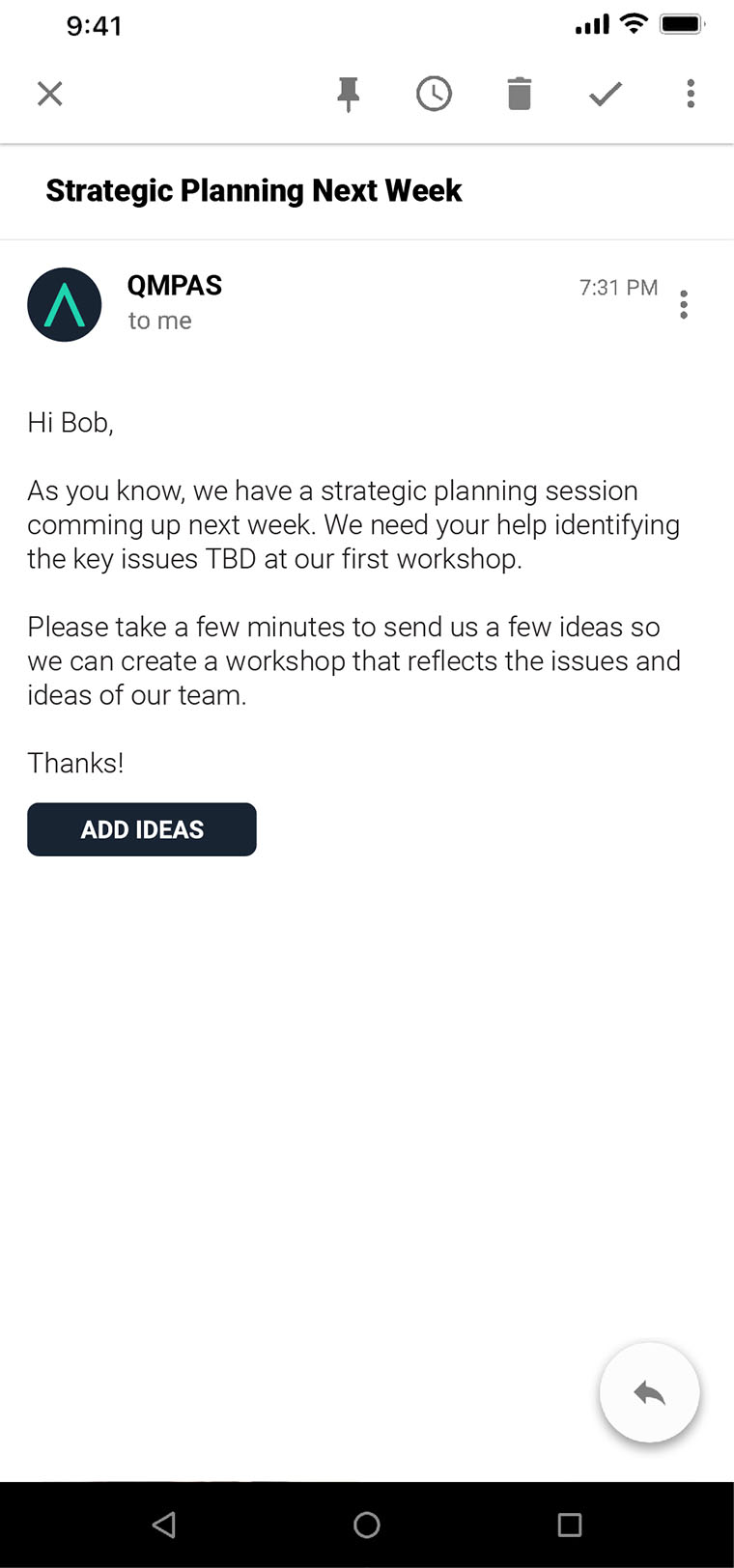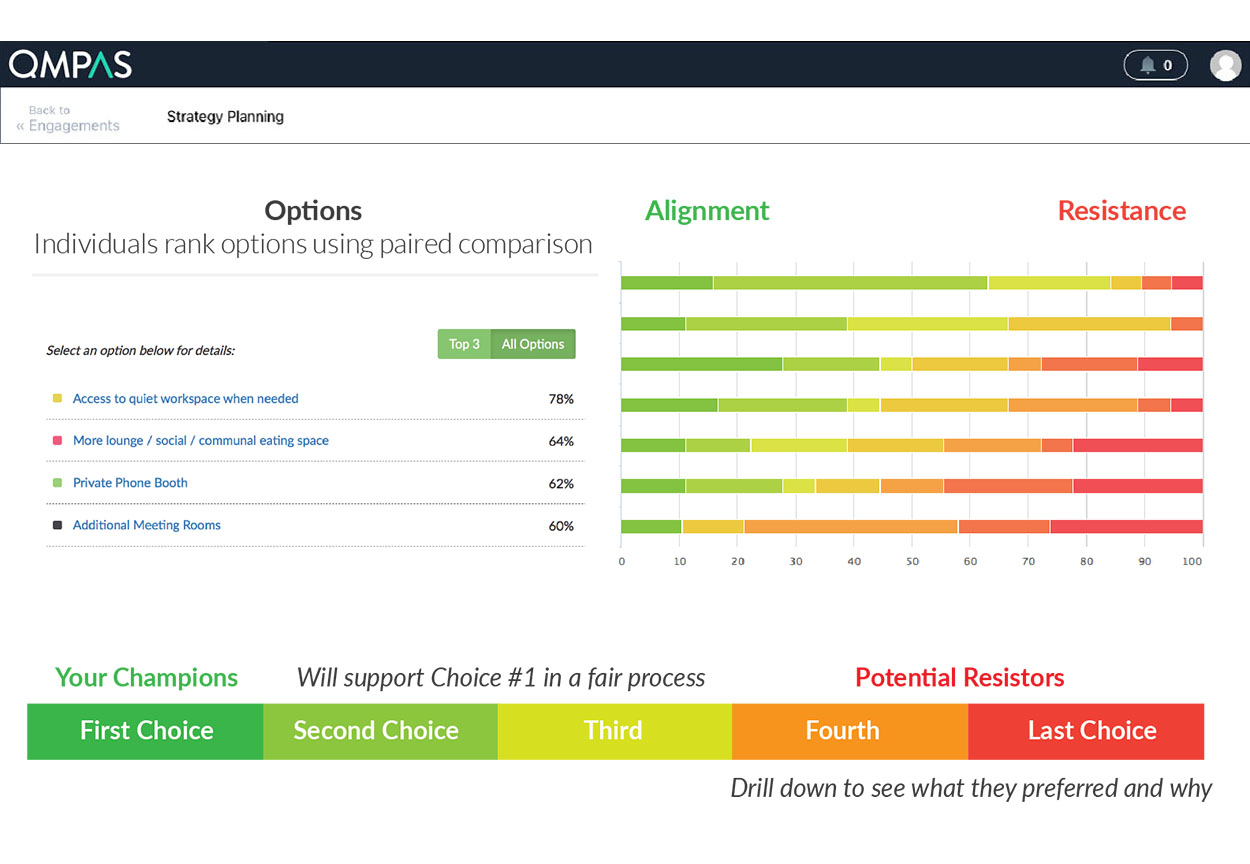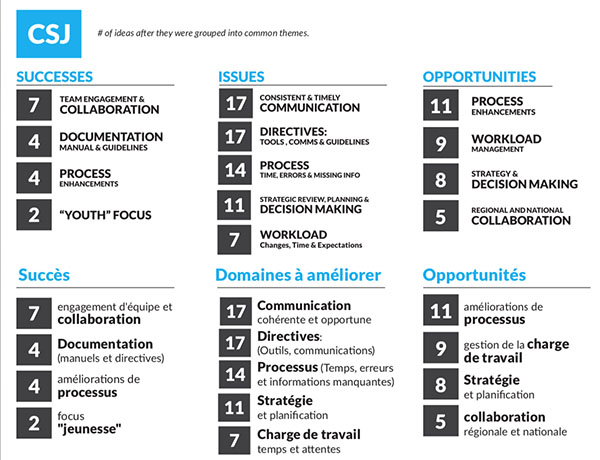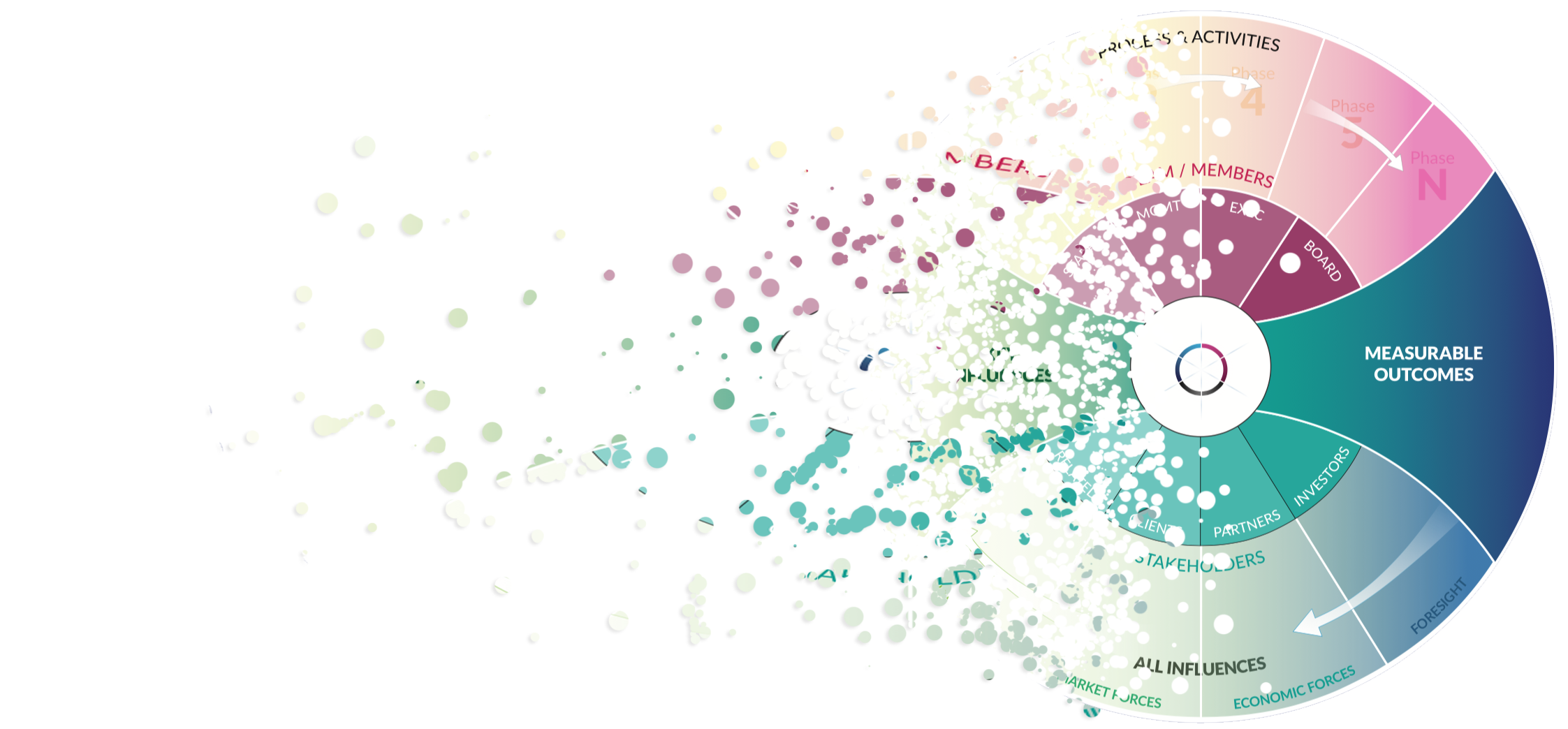Context is Key. Communicate and explore the bigger picture.
A lot of meetings jump right into problems and tasks. The context is so important - why are we dealing with this problems? What are the underlying goals, objectives, driving forces? Context is what keeps the train on the tracks, the guard-rail that keeps people moving forward together in the right direction.
You need processes for integrating different perspectives.
Let's make a few assumptions - first, that meetings are (can be, or should be) a primary source of creative, innovative thinking and problem solving in an organization. And two, that a core function of meetings is to help someone make good decisions based on an accurate understanding of key problems and opportunities, and the best possible solutions to those problems that the team is capable of delivering.
You need to integrate diverse perspectives into a "collective picture" to make this happen. The secret to great thinking is to learn and employ a variety of mental models. The clarity of key problems, opportunities and viable solutions emerges when diverse perspectives come together to create a more accurate and intelligent picture.
It is difficult to achieve this without intentional and thoughtful design. This is something that takes time and effort and/or technology to achieve. Merely getting people into a meeting, regardless of how 'good' a facilitator or an agenda is, will not achieve this kind of thinking.
You need to ask good questions.
There are two important aspects here - asking questions and asking GOOD questions. People are not engaged in meetings or decisions when they are "being told". This is in part why 68% of people are disengaged or actively disruptive at work.
Questioning is a uniquely powerful tool for unlocking value in organizations. Good questions lead to generative thinking that takes you towards useful perspectives and help you make better decisions. Bad questions don't. Bad questions can create bias, useless data, ideas that ultimately lead to bad decisions.
An inclusive and "fair process" will get better results.
There are three components of a fair process: engage people in decisions that affect them, explain the reasoning behind a decision, make sure everyone has a clear understanding of the decision and what is expected of them. This can have a multiplier-effect on how successful your projects are. First, including a variety of mental models in your thought process will yield a better understanding of problems and smarter solutions.
Second, people are most likely to trust and cooperate willingly with decisions (and systems) – whether they agree with the decisions, win or lose by those systems – when a fair process is observed. This has a significant impact on aligning people around a strategy or set of objectives, achieving high rates of compliance in an industry, etc.
Good meetings and workshops are the product of good design.
A bad design is having people walk into a room cold. They spend two hours just getting their initial ideas out - IF everyone participated. And that isn't an engaging conversation. That's just getting at individual ideas. A vocal minority will dominate the discussion while the silent majority listen.
A good design engages people before a meeting starts – explainging the context and objectives, seeing input and asking questions. Twenty people spend a few minutes before hand sharing their individual thoughts, a few minutes reading a synthesis of those ideas, and come into a meeting with a better understanding of the bigger picture and individual perspectives, ready to take things further, farther, faster.

